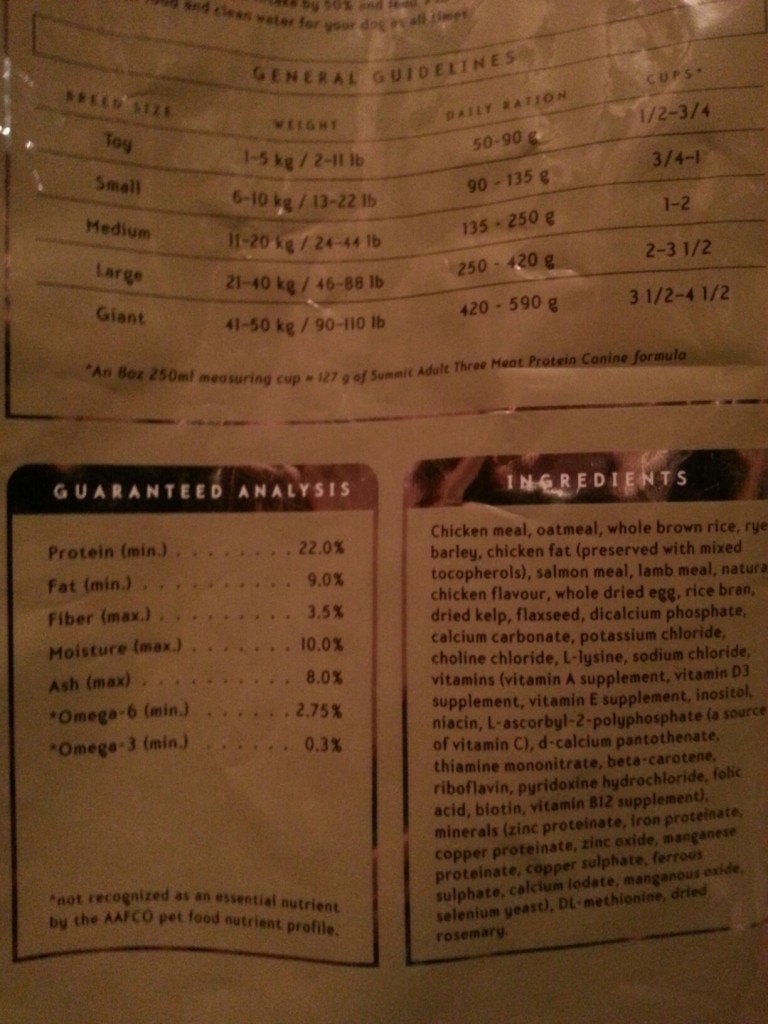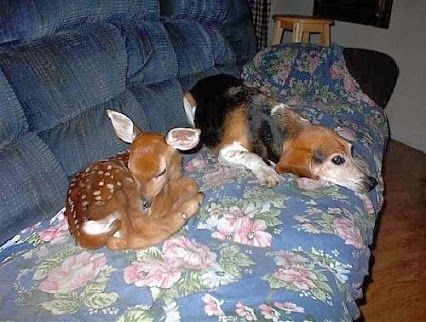How to Understand the Pet Food Label
How do you understand a pet food label?
It’s confusing to me, a veterinarian of 20 years, so likely it’s confusing to you.
There are little regulations, and those that are there seem to favor the pet food companies, not the pet owners.
Here are a few things that can help you determine whether or not you are feeding your pet a good food.
Ingredient lists can be manipulated in various ways to make a product look more attractive than it really is.
On the other hand, a plain, honest ingredient list may also make a quality product look worse than one of lesser quality with cleverly formulated ingredients, unless you know what you are looking for.
Sabine Contreras has a wonderful explanation of this on her site, The Dog Food Project, including how you can read the ingredient label to choose a quality food.
Examples:
Food A has the following ingredient list: Lamb, brewers rice, brown rice, poultry fat, rice flour, beet pulp, rice bran…
Food B has the following ingredient list: Brown rice, chicken meal, chicken fat, fish meal, flax seed meal…
Even though product A lists lamb as first ingredient, the meat still includes about 75% water. Once the moisture is removed to reach the final percentage of about 10%, the lamb meat will have shrunk to 1/4 of the original amount, while relatively dry ingredients like the different rice components will not change much. Product B lists rice as first ingredient, but since chicken is added in already dehydrated meal form, the amount will not shrink any further. Together with the fish meal the product may contain an equal amount of animal protein and rice and is pretty much guaranteed to contain more meat than product A.
Reversing this technique, let’s look at examples:
Food C has the following ingredient list: Chicken, chicken byproduct meal, brown rice, oatmeal, corn meal, chicken fat…
Food D has the following ingredient list: Chicken meal, chicken byproducts, brown rice, oatmeal, corn meal, chicken fat…
Product C lists chicken as first ingredient (again, this still includes about 75% water) but the much less desirable chicken byproducts in dehydrated meal form – the finished product will contain much less “real” chicken than byproducts. Product D has chicken meal as first ingredient, and the byproducts as second, which will lose 3/4 of their weight by the time the food reaches its final moisture content. Product D contains a larger amount of better digestible animal protein.
Top 5 Ingredients
The top 5 ingredients usually comprise 70 percent or more of a dry pet food’s entire formula; by focusing on these ingredients, you can determine if a food is of good quality.
Typically the first ingredient is the most important, but as you can see from the above examples, this changes based on moisture content of the nutrients, product form ( meat meal vs chicken meal), and the real percent of that ingredient in the food.
Heal Your Pet At Home!
Best Wishes,
Dr Andrew Jones, DVM
P.S. There are many ‘uncertainties’ around dog and cat food, so it really is important to add in nutritionally sound and beneficial supplements. They don’t need to be mine, but look for ones with adequate levels of probiotics, along with correct amounts of colostrum.
These are in my supplements, which you can try for 50% OFF
http://www.thedogsupplement.com
http://www.thecatsupplement.com
P.P.S. Check out this cute pic..

